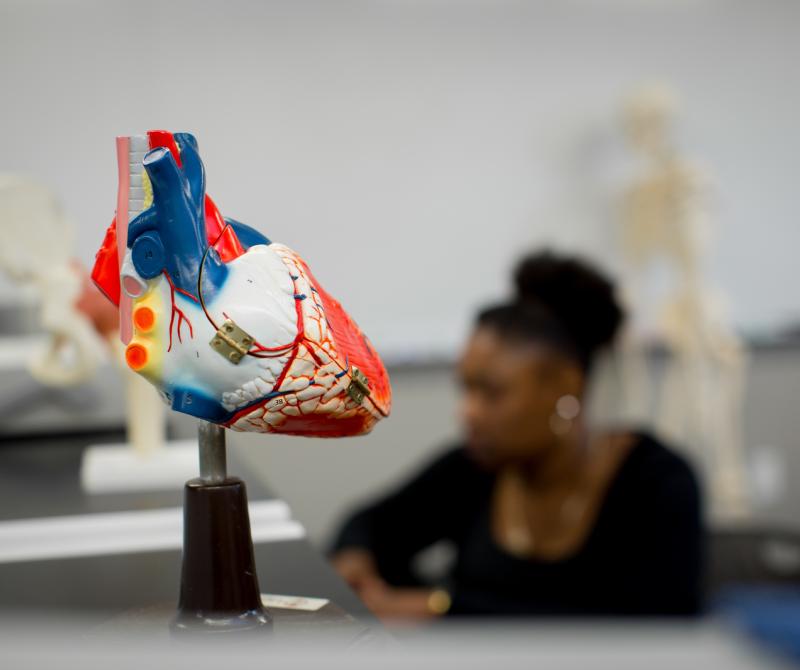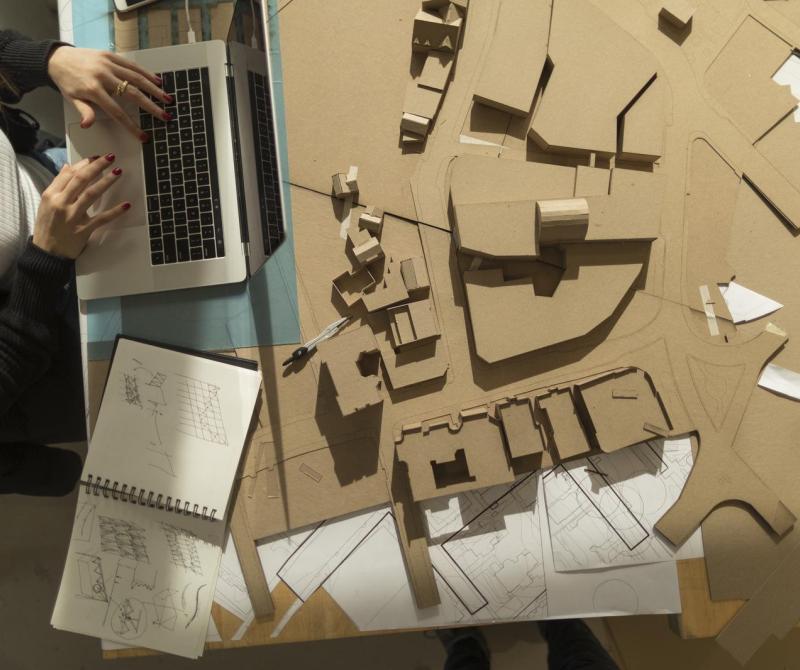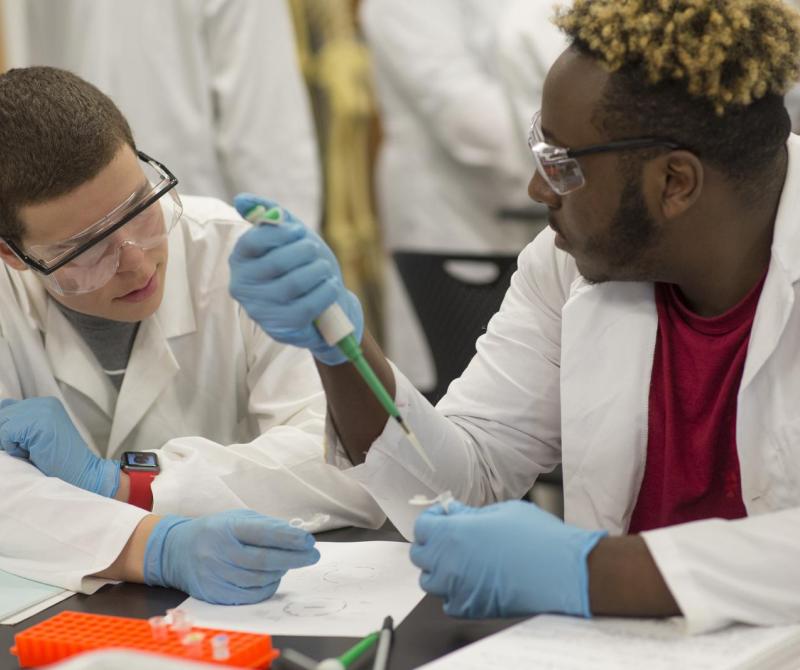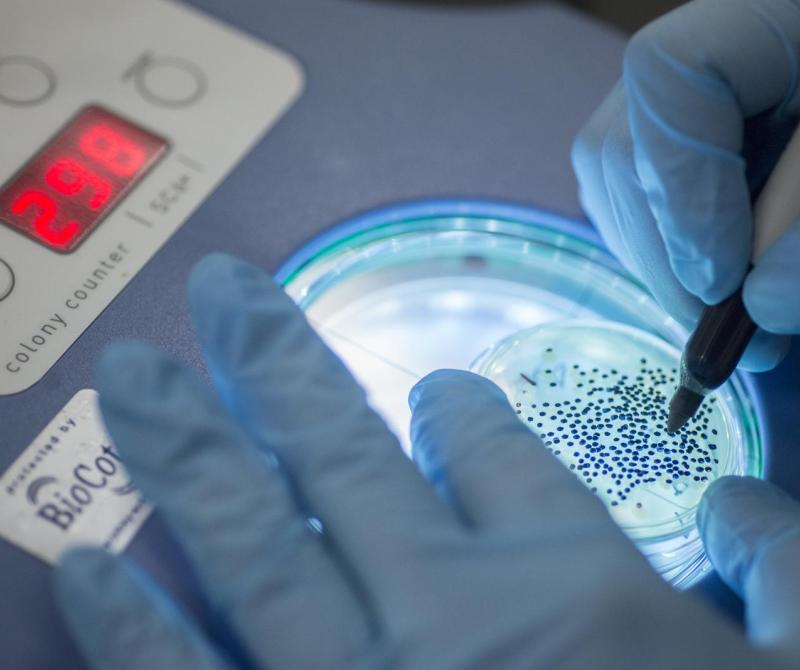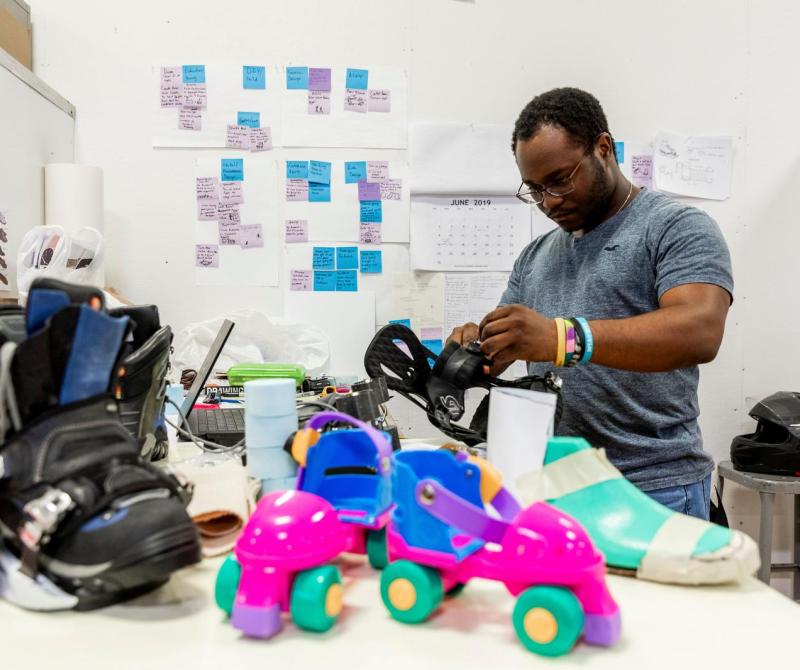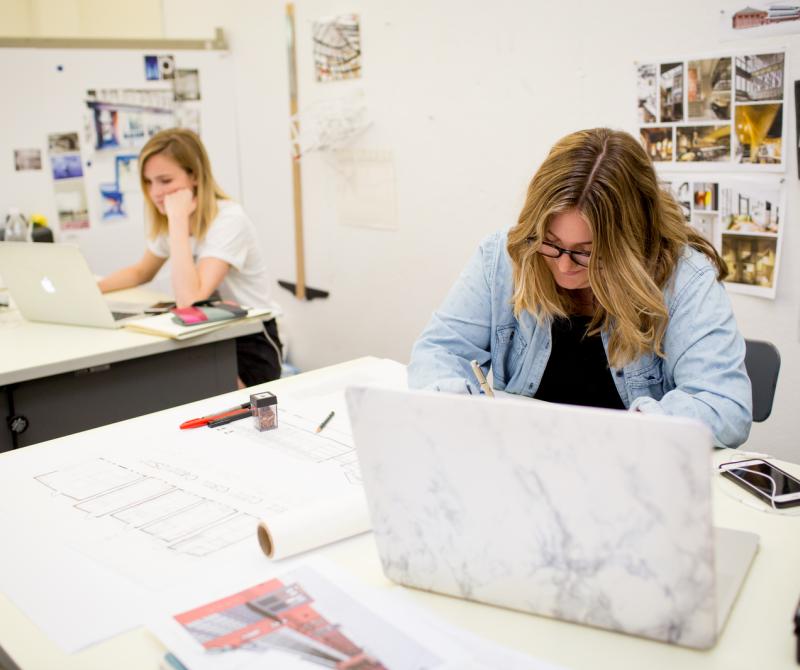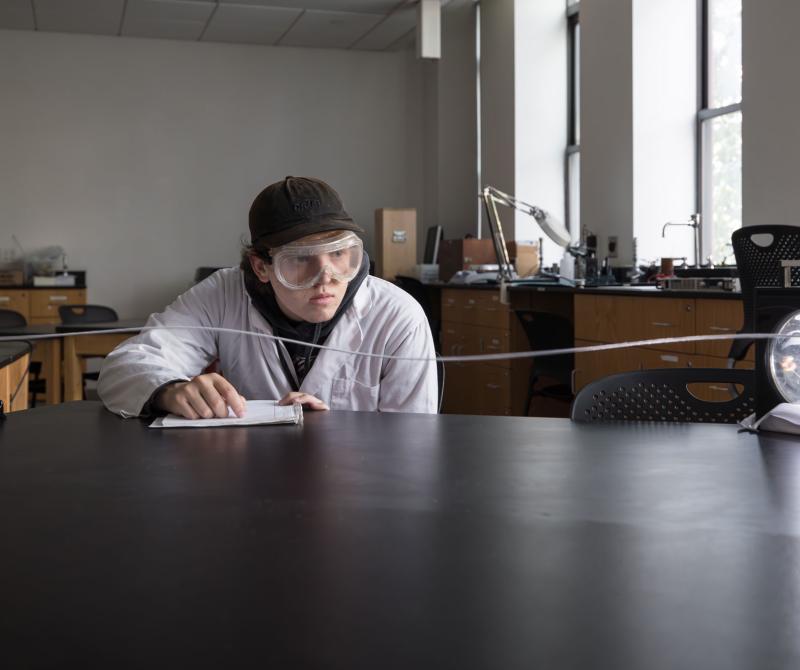Health Research & Wellness Majors
Breakthroughs in healthcare come from a wide range of disciplines—including some you might not have considered.
Doctors and nurses aren’t the only experts helping people to live their best and fullest lives. For example, biomedical engineers design and develop many of the tools of modern medicine—from prosthetics and vaccines to wearable devices that help people track their health and fitness. The places we work and live also play an important role in supporting well-being. Creating the perfect floorplan is about much more than how a room looks: It also impacts how people feel, influences how much they move, and affects how healthy they are.
Medicine and Medical Device Development
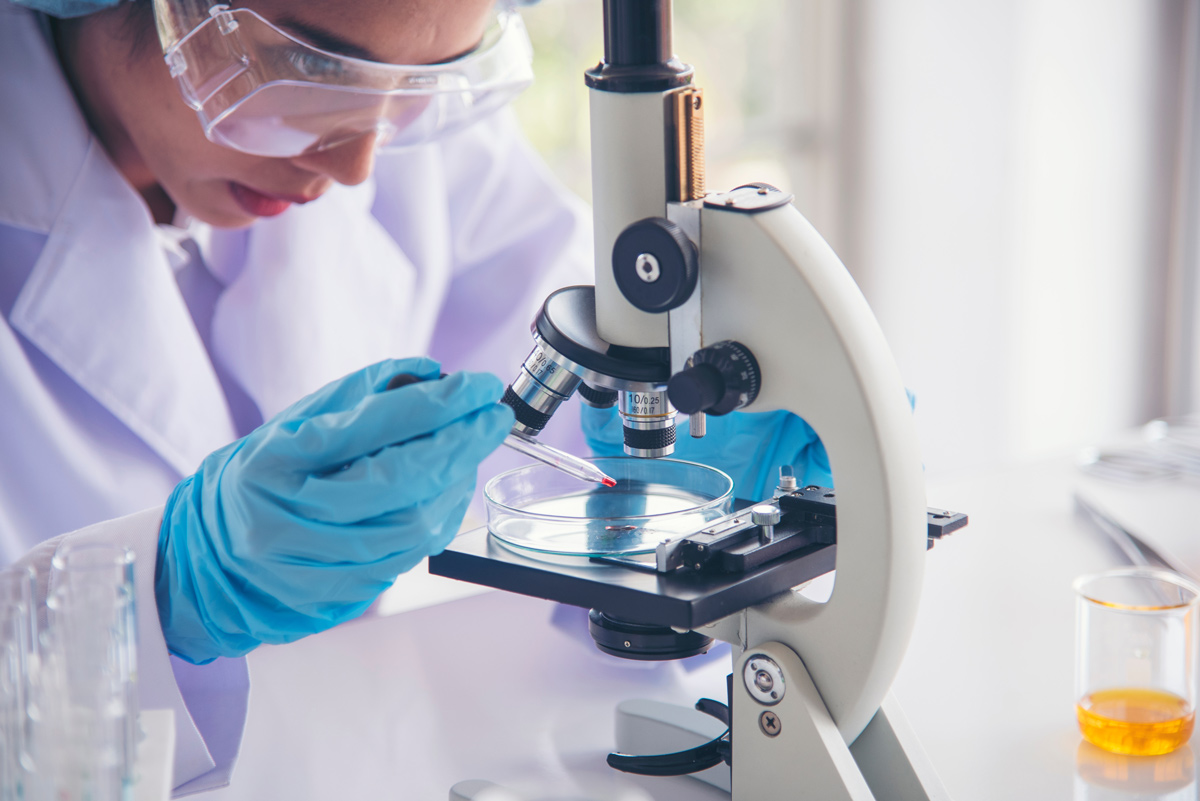
Engineers are at the center of research and development to improve medical outcomes through both organic and technological means. They develop innovative solutions for diagnosing, treating, and preventing diseases by leveraging their expertise in fields like genetic engineering, biomedical devices, tissue engineering, and drug delivery systems.
Biological engineers contribute to advancing medicine through a multidisciplinary approach that combines principles of biology, engineering, and technology. They work on developing methods like gene therapies and targeted drug delivery systems to address complex medical conditions. Biological engineers also contribute to the field of regenerative medicine by designing biomaterials that promote tissue repair and regeneration. With their skills and innovation, they continue to push the boundaries of medicine to improve patient care.
Biomedical engineers apply engineering principles and techniques to solve healthcare challenges. They develop medical devices with a range of applications such as MRI and CT scanners, prosthetic limbs, artificial organs, and wearable health monitoring devices. Biomedical engineers play a crucial role in medical research by designing experiments, analyzing data, and collaborating with healthcare professionals to translate research findings into clinical practice.
Harnessing Data to Make Us Healthier

The sheer amount of available medical data, if used affectively, can have powerful impact on the improvement of health outcomes.
Data scientists contribute to improving medical outcomes by leveraging their analytical expertise to extract meaningful insights from complex datasets and inform decision-making processes in healthcare. They work with diverse sources of healthcare data, including electronic health records, medical imaging, genomics, and wearable sensor data, to identify patterns, trends, and correlations that can aid in diagnosis, treatment, and ongoing patient care. Data scientists also develop predictive models and machine learning algorithms to identify individuals at risk of developing certain diseases and personalize treatment plans based on characteristics and medical history. In an age of drug shortages, this can help optimize care to improve efficiency and reduce costs.
Accessible Spaces that Support Healthy Lifestyles

Architects and designers can contribute to improving health and wellness through thoughtful design solutions that prioritize human well-being. By integrating wellness principles into their designs, they can positively impact the physical, mental, and emotional lives of individuals and communities.
Architects develop buildings and urban spaces that promote physical activity, access to natural light, and access to the outdoors. They incorporate green spaces and utilize sustainable materials to enhance indoor air quality and foster a sense of connection with the natural environment.
Industrial designers explore ergonomic product designs and furniture that support proper posture and movement, which reduces the risk of musculoskeletal disorders and promotes comfort and productivity. They design health-focused products like wearable fitness trackers, home medical devices, and ergonomic tools that empower individuals to take control of their health and well-being.
Interior designers use their knowledge to craft interior spaces that prioritize comfort, functionality, and aesthetic appeal, optimizing elements such as lighting, airflow, and acoustic design to enhance the overall quality of the indoor environment. By designing and curating spaces that promote relaxation, stress reduction, and mental health, they help improve people's quality of life on a daily basis.
Scientific Approaches that Improve Lives

Various scientific disciplines make major contributions to the ongoing development of healthcare and wellness technology. The applied sciences utilizes biology, chemistry, and physics to improve people lives in real ways.
Techniques and technologies derived from applied science enable advancements in medical diagnostics, imaging, drug development, and medical device design. Advances in molecular biology and genetics have led to the development of personalized medicine, allowing for tailored treatments based on individual genetic profiles. Furthermore, materials science and engineering contribute to the development of biocompatible materials for implants, prosthetics, and drug delivery systems, improving patient outcomes and quality of life. Applied sciences can also support public health initiatives, such as water and air quality monitoring, disease surveillance, and vaccine development, ultimately leading to a healthier society.

